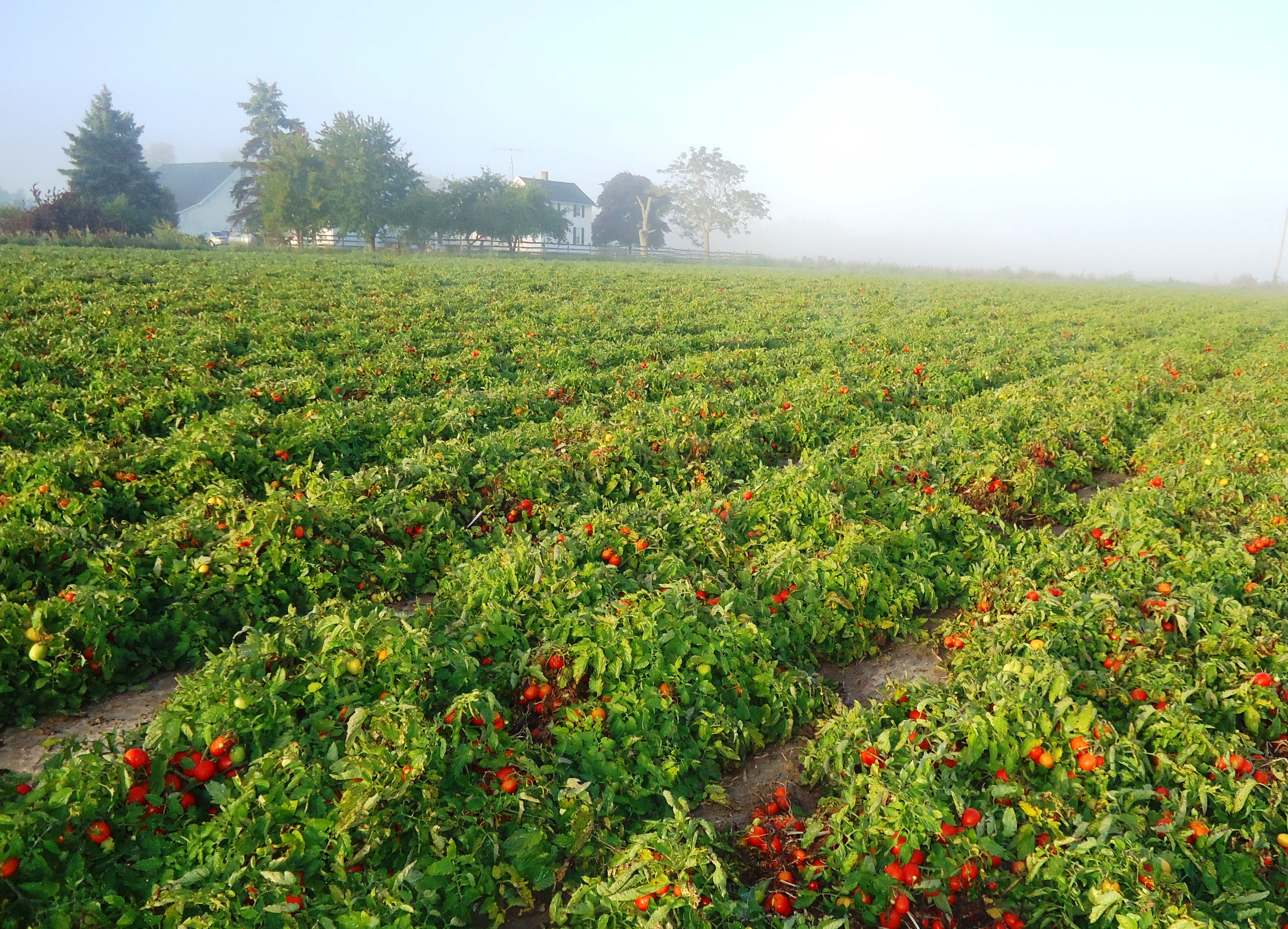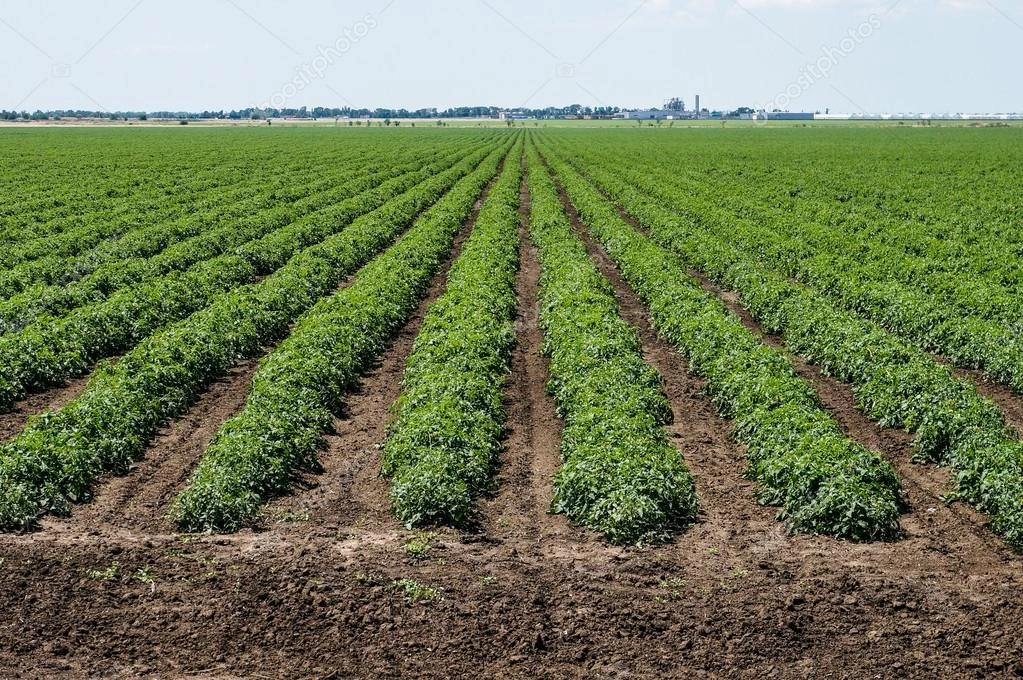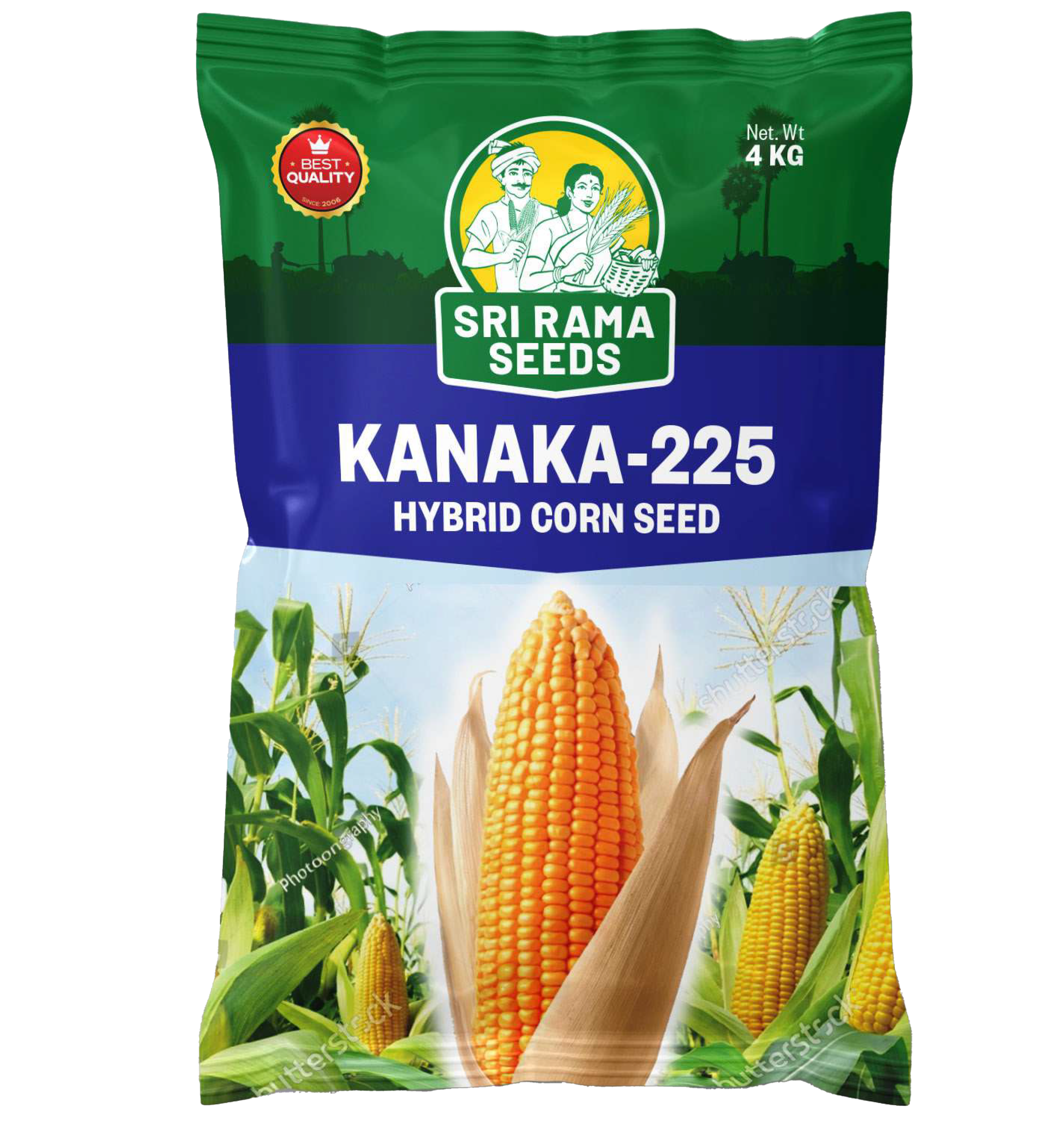Early-Maturing and High-Yielding Red Gram for Kharif
Cultivation
DURGA is a high-quality red gram (pigeon pea) variety,
developed for early maturity, strong plant structure, and
resistance to Helicoverpa damage. With a determinate growth
habit, erect stature, and more branching, this variety
ensures better pod setting and higher yields. It is best
suited for early Kharif cultivation, allowing it to flower
(80–85 days) and mature (115–120 days) before Helicoverpa
infestation begins, making it a highly reliable choice for
farmers.
Challenges & Solutions
Red gram cultivation faces several challenges, including
pest attacks, delayed maturity, and inconsistent yields.
DURGA is specifically designed to overcome these issues and
provide maximum profitability.
Challenges
Common difficulties in growing traditional red gram
varieties include:
Solutions
DURGA provides key advantages to improve productivity
and minimize risks:
-
Early Maturity (115–120 Days)
-
Flowering in 80–85 Days
-
Determinate, Erect Growth with More Branches
-
Adaptability to Early Kharif Season
Performance and Profitability
Yield Potential (Kg/Ha):
DURGA delivers high and stable yields, ensuring better
financial returns for farmers.
Adoption Rate:
Farmers prefer DURGA for its early flowering, resistance to
Helicoverpa, and suitability for Kharif cultivation.
Farm Profitability:
With early harvesting and pest escape mechanisms, DURGA
provides high productivity and reduced loss risks.
Market Demand:
The high-quality grains and early harvest make DURGA a top
choice for traders and pulse processors.









